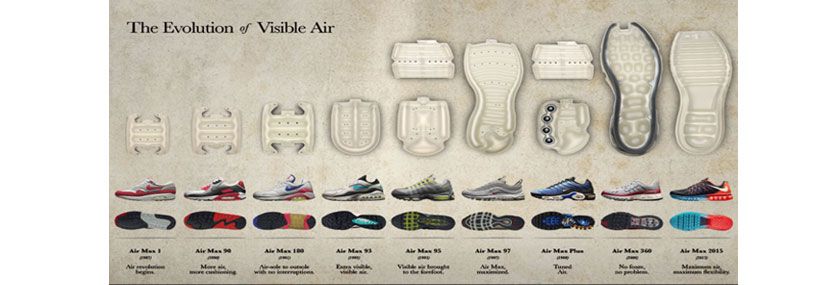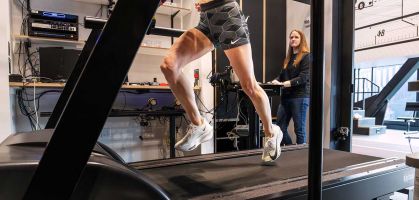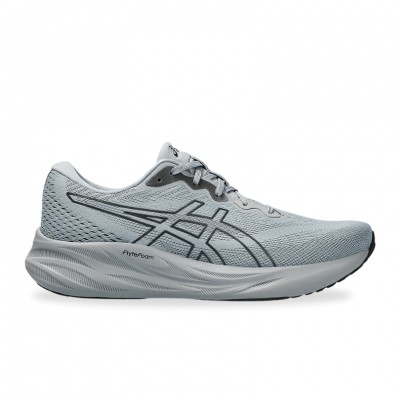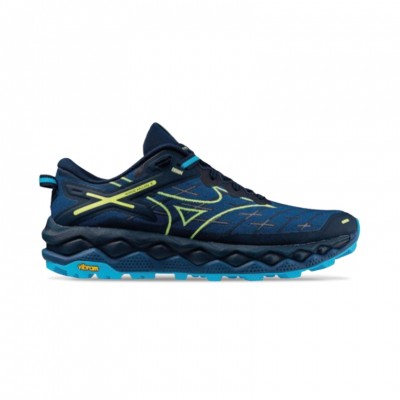In the 1970s Nike Air era not an innovative proposition as runners at the time were familiar with the benefits of its cushioning, first introduced in the Nike Tailwind model in 1978, although in this model the Air-Sole unit was completely surrounded by foam.
For David Forland, Director of Nike s Cushioning Innovations Department, and his team, making the Air-Sole visible was their main goal from the very beginning. The road to achieving this was not an easy one. After many tests and designs, in 1987 they succeeded in creating the first Air Max model with a visible air chamber, the Nike Air Max 1.

The foam wears out; the air doesn't.
It was Tinker Hatfield, an expert designer with a special skill, who had the brilliant idea of eliminating the foam midsole that surrounded the Air-Sole piece and making it visible. Thus, inspired by the maverick Parisian architecture, he was responsible for creating the Air Max.
"I went to Paris specifically to see the city, but also to visit the Pompidou Center. That building looks like it's turned inside out, it has a layer of glass underneath. Back in Oregon, I met with the technicians who were working on larger Air-Sole units and explained my ideas. Maybe we could showcase that technology and create a never-before-seen shoe," Hatfield explains.
Many thought it era a crazy idea, but Tinker and his team went ahead. To further differentiate themselves from Running shoes of the time, convey a message of visibility and attract attention, a bold color was added to the flange.
In 1987, the American company Nike introduced the Air Max 1, a pioneering model of sneaker due to the innovations it incorporated and whose subsequent impact would be valor. The Nike Air Max 1 was provocative and, at the same time, revolutionary. After the launch of this iconic shoe, designed to enhance cushioning, nothing would ever be the same again.

The Air Max family has evolved a lot over three decades, with hundreds of sneaker models. But they all owe their existence, in part, to the extraordinary Nike Air Max 1. "If you look at the history of the Air Max, especially between 1987 and 1993, one of the main things that differentiated each new model from the previous one era that each time a greater volume of air and a smaller amount of foam was incorporated. Foam wears out, but air doesn't," explains Forland.
Nike s Cushioning Innovations Department was continuing the process of trying to increase the air volume when someone came up with the brilliant idea of removing the foam between the sole and the Air-Sole unit to create a space that would allow the volume of the Air-Sole unit to increase. From this concept, the Nike Air Max 180, the first shoes with a 180-degree Air-Sole unit, was born. However, putting this idea into practice was more complicated than initially anticipated.

Air Max 95, the first shoes with a visible inner tube
Even at that time, Air Max 1, Air Max 180 and Air Max 90 shoes included Air-Sole units in the forefoot, but they were completely encapsulated and not visible. While looking for a way to eliminate foam in the manufacturing process of Running shoes, a new method of manufacturing Air-Sole units called 'blow molding' was developed, which was first used in the Nike Air Max 93.

Thanks to this new technique, it was possible to develop Air-Sole units with three-dimensional shapes independent of air pressure, which made it possible to adapt them to the curvature of the front of the shoe. It was with this new method that the Nike Air Max 95 appeared on the market, the first model to integrate a visible air chamber in the forefoot.

In 1997, Nike s R&D department managed to solve the question of how to manufacture an Air-Sole unit on the entire foot, as a result of a great effort in the manufacturing, development and design processes. After many prototypes, the result is the Air Max 97 sneaker.

Nike had already solved the cushioning issue, but the American brand was not satisfied with this step and began to design other new cushioning formulas, one of which was the Tuned Air technology. This new air cushioning system was implemented in 1999 in the Air Max Plus sneakers.
Increased flexibility
In 2006, the next innovation came from Nike with the Air Max 360. After twenty years of hard work, the goal of producing a model without foam as a stabilizer was achieved. To create these shoes, the Forland team used Caged Air technology.

Nike had fulfilled its dream, but could not resist the temptation to perfect the design. To do so, they went from dispensing with foam to considering how they could increase flexibility. Using a tubular design, they added deep flex grooves in the Air Air Max 2015's Air-Sole units. The result was the most flexible cushioning platform in Max Air history. Innovations are not always risk-free and noticeable, but when they are, their impact is immeasurable.

You might be interested in: Nike, the history of its famous Swoosh logo
Read more news about: Running News



















